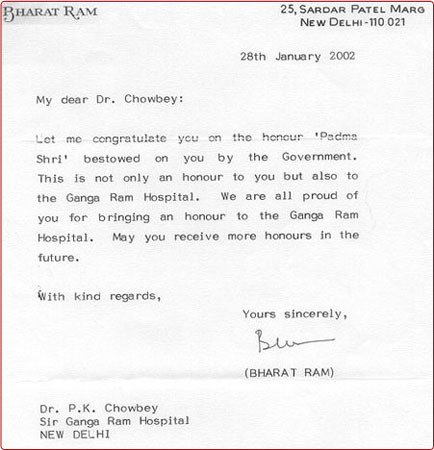What is Anal Fissure?
- An anal fissure is a small tear or cut in the skin at the anal opening.
- Fissures typically cause pain and often bleed.
- Fissures are quite common, but are often confused with other causes of pain and bleeding, such as hemorrhoids.
- Most fissures occur along the mid-line – the top or bottom-of the anus.
- The typical symptoms of an anal fissure are pain during or after defecation and fresh bleeding.
- Most commonly due to a hard, dry bowel movement. Many women during childbirth develop an anal fissure.

Anal Fissure
- Other causes of the anal fissure are: digital insertion (during examination), foreign body insertion, or anal intercourse.
- The principle of treating an anal fissure is relieving the anal spasm and correcting the constipation. At least 50 percent of anal fissures heal by medical management alone, rest require surgical treatment.
- Chemical Internal Sphincterotomy (CIS) and Lateral Internal Sphincterotomy (LIS) are the two most effective standard surgical treatments for anal fissure.
- Lateral Internal Sphincterotomy (LIS) is the most effective standard surgical treatments for anal fissure.
Medical Management of Anal Fissure
What is it?
- Medical management can treat almost half of the cases of chronic anal fissures.
- A 0.2% nitroglycerin cream is prescribed to be applied reducing the pressure in the internal anal muscle (sphincter) and thus allowing the fissure to heal.
- The calcium channel blockers nifedipine and diltiazem also has known healing effect. It also works by reducing the pressure in the internal anal sphincter.
- Botox when injected in the internal sphincter muscle causes temporary paralysis of muscle, which reduces muscle tension and helps the anal fissure heal.
- Chemical Internal Sphincterotomy (CIS) is a minimally invasive approach to relax the anal muscle. This is achieved by partially paralyzing the muscles by injecting chemicals into the anal sphincter muscle.
Advantages of Medical Management of Anal Fissure
- This can be easily used as the first line of treatment for anal fissures.
- It is effective and has good success rate.
- Does not affect the functionality of sphincter muscle.
Disadvantages of Medical Management of Anal Fissure
- The chemicals used for medical management, whether in form of gel or pills have several known side effects.
- The medical management is not deemed fit for acute cases.
- There are chances of re-occurrences of anal fissure.
Lateral Internal Sphincterotomy (LIS)
What is it?
- This Surgery usually consists of a small operation to divide a portion of the internal anal sphincter muscle (a lateral internal sphincterotomy).
- This helps the fissure heal and decreases pain and spasm.
- In cases if a sentinel pile is present, it too may be removed to promote healing of the fissure.
Advantages of Lateral Internal Sphincterotomy (LIS)
- It is a quick surgical process and can also be performed as a short outpatient procedure.
- No side effect as in case of medical management.
- Least or almost no chances of re-occurrence of anal fissure.
Disadvantages of Lateral Internal Sphincterotomy (LIS)
- There are cases where LIS has been a known reason to affect incontinence.
- Moreover, unlike any other treatment for anal fissure, LIS should be accompanied with proper lifestyle changes and proper diet regimen.




